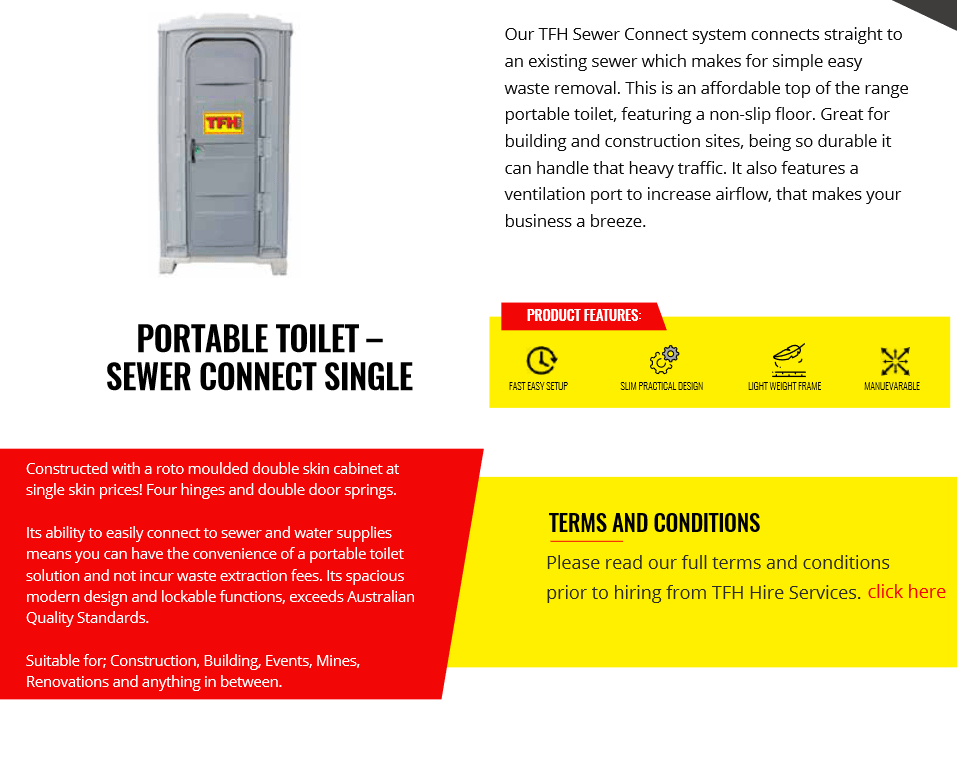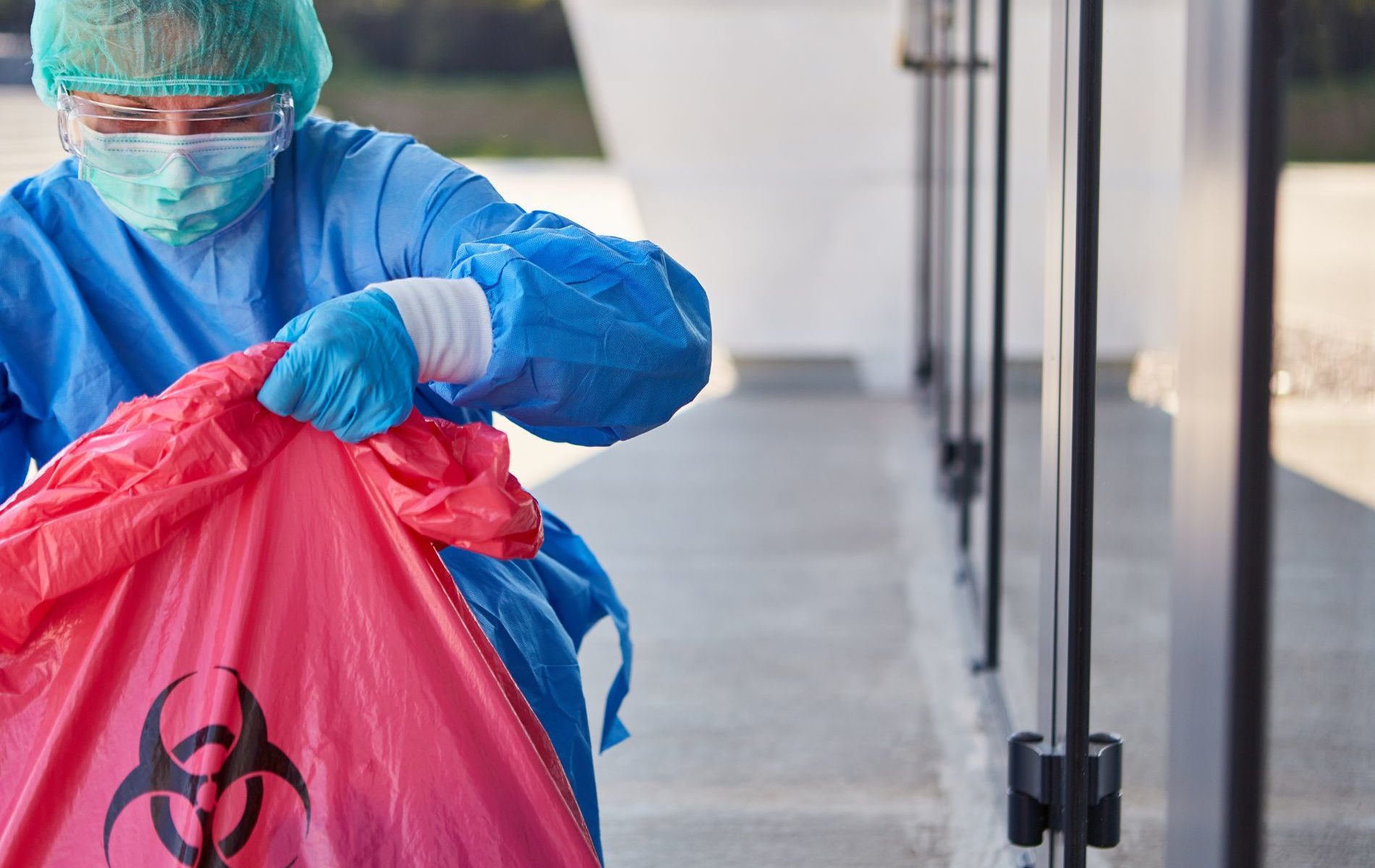The Only Guide for Reclaim Waste
The Only Guide for Reclaim Waste
Blog Article
More About Reclaim Waste
Table of ContentsThe 25-Second Trick For Reclaim Waste5 Simple Techniques For Reclaim WasteSee This Report about Reclaim WasteGetting The Reclaim Waste To WorkThe Only Guide for Reclaim Waste
Explore the types, occurrences, and kinds of liquid waste. Domestic sewage waste describes the waste and products from a property septic system. This kind of waste is developed by human beings in houses, colleges, and various other structures. This only consists of sewage-disposal tanks that have a drain area. The proper management and disposal of residential sewer waste need fluid waste to be transferred to a sewage therapy plant where the proper techniques and devices are related to cleanse and deal with waste.
Industrial waste often includes possible hazards, such as combustible materials or a mixture of fluid and solid waste products, and needs an advanced and detailed disposal procedure. The disposal of industrial waste normally entails the purification of waste prior to transportation to ensure secure and proper disposal. Industrial waste is created from byproducts and overflow of industrial procedures and production.
This kind of waste can not use the exact same sewer management transportation or processes as septic or business fluids. The hazardous waste administration process needs the inspection and testing of fluid waste before it undertakes the disposal procedure (industrial wastewater treatment). Drainage waste is the liquid waste that originates from drainage and excess stormwater in extremely inhabited areas or cities
Overflow waste can create contamination and flooding otherwise taken care of correctly. Discover more regarding sewage system cleansing and waste management. Making sure correct waste administration can protect against calamities and lower environmental harm. Both people in household settings and experts in business or manufacturing industries can gain from comprehending the processes and laws of fluid waste administration.
The Ultimate Guide To Reclaim Waste
Call PROS Providers today to find out about our waste administration and disposal solutions and the proper ways to take care of the fluid waste you generate.
(https://reclaimwaste.godaddysites.com/f/efficient-liquid-waste-disposal-removal-melbourne)Do you recognize what occurs to your water when you end, purge the bathroom or drain pipes the washing device? No? Well, it deserves understanding. This so-called 'wastewater' is not only an essential source yet, after treatment, will certainly be released to our land, waterways or the ocean. Utilized water from toilets, showers, baths, kitchen area sinks, laundries and commercial procedures is recognized as wastewater.

water made use of to cool machinery or tidy plant and devices). Stormwater, a type of wastewater, is drainage that flows from farming and city areas such as roofs, parks, yards, roadways, courses and rain gutters into stormwater drains, after rain. Stormwater flows neglected directly to regional creeks or rivers, ultimately reaching the sea.
3 Simple Techniques For Reclaim Waste
In Queensland, many wastewater is treated at sewer therapy plants. Wastewater is transferred from residential or commercial sites via a system of drains and pump stations, called sewerage reticulation, to a sewer therapy plant. Local governments develop, preserve and operate most sewage treatment plants. Operators are certified under the Environmental Management Act 1994 to discharge cured wastewater at an acceptable ecological standard into waterways.
The Department of Natural Resources recommends local governments regarding handling, operating and preserving sewage systems and therapy plants. In unsewered locations, local federal governments may need homeowners to mount individual or home sewage therapy systems to treat domestic wastewater from bathrooms, cooking areas, bathrooms and washings. The Department of Natural Resources authorizes using house systems when they are proven to be effective.
The majority of stormwater receives no therapy. In some brand-new communities, therapy of some stormwater to remove litter, sand and crushed rock has started using gross pollutant traps. Wastewater therapy takes place in four stages: Removes solid matter. Bigger solids, such as plastics and other objects wrongly discharged to sewers, are removed when wastewater is travelled through displays.
Uses small living organisms recognizes as micro-organisms to damage down and get rid of staying liquified wastes and fine bits. Micro-organisms and wastes are incorporated in the sludge.
The Reclaim Waste Ideas
Nutrient removal is not offered at all sewage therapy plants because it requires costly specialised equipment. Clear fluid effluent produced after therapy might sites still have disease-causing micro-organisms - industrial wastewater treatment.

A lot of wastewater moves right into the sewage system. Under the Act, regional governments carry out authorizations and permits for ecologically relevant activities (Ages) including wastewater releases that might have a local impact.
Reclaim Waste for Dummies
Surveillance provides accurate information regarding water top quality and can validate that permit problems are being fulfilled. The info gotten through surveillance gives the basis for making water top quality decisions.
Report this page